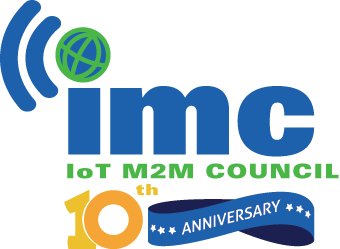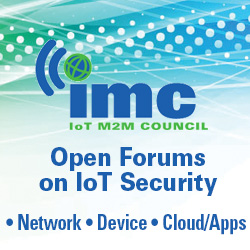Ubiik NB-IoT boosts utility throughput
- February 12, 2024
- Steve Rogerson

Taiwanese firm Ubiik is boosting throughput and resilience for utilities using Band 103 for NB-IoT applications.
Ubiik provides private LTE networks for utilities. Its NB-IoT vertical system, including the GoRAN LTE base station and Nimbus 220 NB-IoT module, have received FCC certification for operation in the Upper 700MHz A Block (Band 103).
As the first FCC-certified LTE products enabling a complete 3GPP-based option in this band, they bring an immediate benefit to utilities and public safety agencies that own Band 103. Offering the option to run either a hybrid technology network combining narrowband scada with NB-IoT or a network focused entirely on connecting thousands of NB-IoT devices, these additions to Ubiik’s range should increase opportunities for connectivity.
Providing a boost to the data throughput achieved in Band 103, the GoRAN base station (www.ubiik.com/goran) now has the ability to support non-anchor channel optimisations from 3GPP Release 14. To optimise data throughput in this narrow slice of spectrum, this feature reduces signalling overhead and contention, thereby ensuring sufficient bandwidth for a wide range of IoT applications.
In addition, an update to the Nimbus 220 NB-IoT module (www.ubiik.com/nimbus220) has focused on increasing network resilience. With the ability to detect network outages automatically and switch its SIM profile while in operation, the module ensures uninterrupted connectivity should an outage occur. This enhancement allows for seamless switching from a private network to a public LTE network, plus an automatic fallback once the private network is online again. The failover-and-fallback test was demonstrated at the last UBBA Summit and Plugfest, with a forced signal loss triggering the module to initiate a profile change from a private Band 103 network to a public SIM profile, in this case Verizon.
“Our latest innovations have been designed to ensure customers who own Band 103 licences can maximise their return on investment,” said TH Peng, CEO of Ubiik. “While the bandwidth boost allows the ability to connect more devices simultaneously, the failover-and-fallback innovation ensures network stability, both key considerations for critical communications.”
Suitable for utility IoT applications such as grid monitoring sensors, remote fault indication, cap controllers for volt-var optimisation and distribution transformer monitoring, and smart metering, Band 103 is becoming an attractive option to add connectivity for assets across a secure, private network. From using spare channels in an existing 700MHz narrowband network to the entire block of spectrum for a large-scale network of IoT devices, these developments provide an additional option for utilities exploring connectivity.
“There are a range of utility applications that are relatively low bandwidth that would be an ideal fit for NB-IoT,” said Kyle Cormier, director of telecommunications at Salt River Project. “The growing adoption of EVs, for example, lends itself to distribution transformer monitoring to provide more situational awareness on when customers plug in to charge their EVs each day. Being able to monitor the transformer loading via NB-IoT would allow a utility to balance the load through techniques such as managed charging or pricing incentives, ahead of proactively upgrading the transformer.”
Ubiik will be at DistribuTech (www.distributech.com) later this month in Orlando, Florida, demonstrating its full range of private LTE and NB-IoT products.
Read more about leveraging Band 103 to expand connectivity at www.ubiik.com/post/leveraging-band-103-for-mass-device-connectivity.
On track to exceed one million AMI device deployments by 2024, Ubiik (www.ubiik.com) specialises in the private LTE landscape by tackling the coverage limitations of existing public LTE networks that impede utilities’ AMI deployments. Its recent acquisition of Mimomax Wireless (ubiikmimomax.com) brings expertise in large-scale North American utility wireless deployments and an expansion of the Ubiik team across the USA and Australasia.





